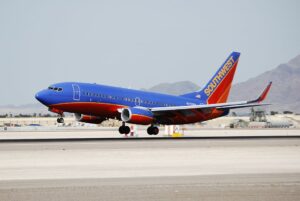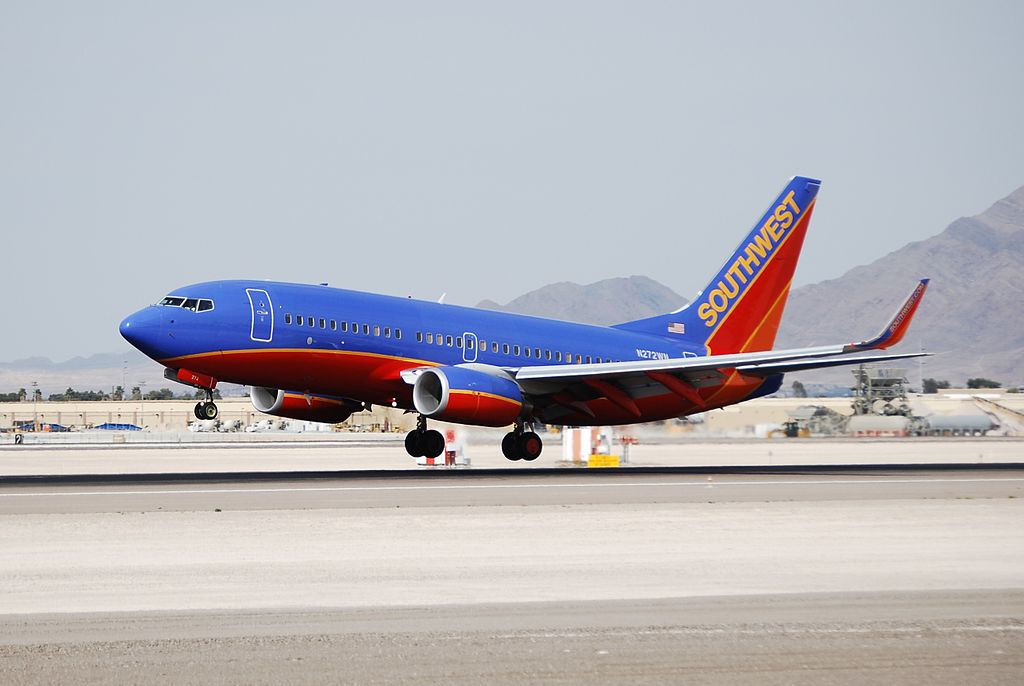When (and Where) Planes Are Most Likely to Crash

A new report, produced by the lead counsel for the victims of Ethiopian Airlines Flight 302, analyzes 37 years of airplane crash data to find some surprising and not-so-surprising results. Statistically speaking, both where passengers are traveling and when they are traveling has a substantial impact on their chances of being involved in an airplane crash.
In September, Robert A. Clifford, the founder of the storied Chicago-based law firm Clifford Law Offices, was named Lead Counsel in the U.S. federal district court case involving the crash of the Ethiopian Airlines Flight 302 Boeing 737 Max aircraft in March. This week, the law firm famed for representing victims of airline disasters, including the September 11th terrorist attacks, has published a study of every aviation accident and incident reported to the National Transportation Safety Board (NTSB) from 1982-2018.
Risky Times and Dangerous Places
The just-released Aviation Accidents and Incidents: Analysis of 37 Years of Airplane Crash Data report reveals that the chances of being involved in an airplane crash might be determined not just by the equipment, airline, crews, and weather, but might also be determined, in part, by where passengers are flying. Some portions of the flight are also statistically more dangerous than other times during the journey.
“Not all phases of flight are equal here,” the report’s authors explain. “In fact, the person sitting white-knuckled next to you with their eyes shut tight may be on to something. The NTSB data shows that takeoff and landing are, by far, the most likely parts of air travel for accidents to occur.”
While the study of NTSB data concludes that the airport of origin and the airport of destination might also affect how likely it is that a crash will occur, this doesn’t mean one shouldn’t go to Albuquerque. However, it does mean that plane crashes are not as random as it might appear at first glance.
Takeoff and Landing
According to the NTSB data, most plane accidents, by a large margin, occur during landing. Of the reported accidents studied, 20,330 happened during the landing phase of flight. The second most dangerous time of a flight is during takeoff when 16,061 of the reported crashes occurred.
“Crashes that occur during the maneuvering and cruise phases are most likely to be deadly – 39 percent of crashes during the maneuvering phase and 30 percent of crashes during the cruise were fatal. Interestingly, despite being the most likely phase to be involved in a crash, accidents during landing were by far the least likely to be deadly. Just under two percent of landing phase crashes resulted in a fatality – compared to 15.7 percent of crashes during takeoff.”
Cruising
Although cruising is one of the least active phases of a given flight, it is, in nearly every case, the longest phase of a flight, which means there are more opportunities for something unexpected to go wrong. Accidents during cruising are the third most common time for an airplane to crash and account for 11,034 of the accident reports submitted by the NTSB.
Climbing, Descent, and Approach
After landing and takeoff, approach, climbing, and descent are among the phases of a given flight that require the most out of the pilots and the equipment. Of the accidents studied, 8,077 occurred during approach, 2,351 happened while the plane was still climbing following takeoff and descent in preparation for landing accounted for an equal number of crashes as the latter.
Maneuvering
The times when a pilot is maneuvering the aircraft can be a fraught phase of the flight. Although, it is also important to keep in mind that the NTSB considers accidents occurring during acrobatic maneuvering (such as airshow stunts) among the 10,275 crashes that happened during maneuvering.
Go-Around
When a plane is placed in a holding pattern, aborts a planned landing or must circle the airport for whatever reason, the risk of an accident rises ever so slightly. Crashes during “go-arounds” accounted for 1,685 of the accidents studied. At least some of those flights, however, were almost certainly circling the airport in the first place due to severe weather or mechanical problems with the aircraft.
On the Ground
The term “safely on the ground” might not mean much when traveling by air. According to the study, a remarkable 2,438 crashes happened while planes were taxiing. Perhaps even more surprising, 1,284 planes were involved in accidents while standing still on the tarmac.
Where in the World?
“Between 1982 and 2018, 78,161 aviation crashes occurred in the United States,” the report explains. “These crashes where scattered across the country. However, the most crashes occurred in Anchorage, Alaska – by nearly double over the next closest area, Miami, Florida with 269 crashes.”
As the regional center to vast wilderness areas, many of which still rely on bush pilots for transportation and supplies, Anchorage, Alaska, leads the U.S. in airplane crashes for some obvious reasons, not the least of which is the severe and often unpredictable weather of the Northernmost state. Urban areas with notoriously heavy air traffic, such as Miami, Chicago, Los Vegas, Dallas/Fort Worth and Los Angeles were likely destined to make the list of the “Top 25 Regions for U.S. Aviation Crashes” as well. The inclusion of other standouts, like Talkeetna, AK and Chandler, AZ, however, is perhaps a bit more perplexing.
Still Safer Than Staying Home
Pilots often joke that the only thing especially dangerous about flying is the drive to and from the airport. Although it can be fascinating to explore the details of how, when, where and why planes crash, every one of us is more likely to be injured or killed in an accident in our own bathrooms than to be involved in any sort of aviation-related accident at all.
[shutterstock/aapsky]
























Great article. It reinforces my thoughts of having a clear area around you during take off and landing - for every seat.